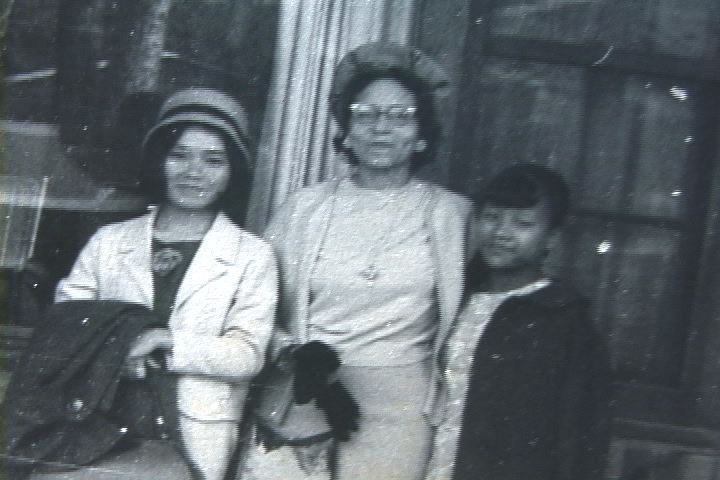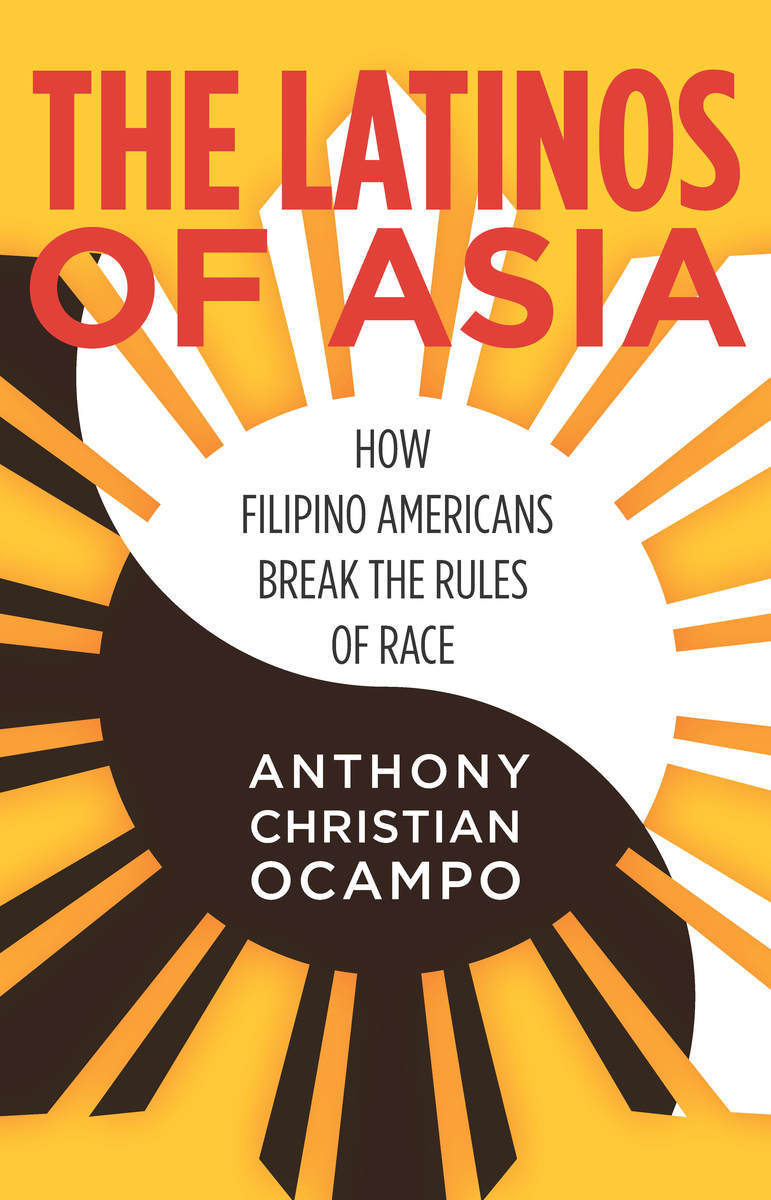Story Of A Criminal
The Indianapolis Journal
Indianapolis, Indiana
Sunday, 1894-06-17
page 16, columns 1-2
How Green Goods Men Are Protected by Gotham Police.
Tale of Iniquity Unequaled In the Annals of Municipal Corruption—Testimony of George Appo.
NEW YORK, June 16. During the past week the Lexow committee opened up an entirely new line of inquiry on the subject of police protection to the “green goods” business. The principal witness was George Appo, a half-breed Chinaman, son of Quimbo Appo, who is serving a life sentence in Sing Sing for murder. George Appo Is thirty-six years old and he has been a criminal from his early youth, having spent much of his time in prison. His principal occupations have been picking pockets and “steering guys” for green-goods swindlers.
The testimony of Appo was listened to with unusual attention and interest. The witness is a remarkable person, to begin with, and he described in detail the business of the “green goods” swindlers who have been protected in this city by the police. Appo is the son of a white woman and of Quimbo Appo, the Chinaman who committed a shocking murder in the city years ago and is now serving a term of life imprisonment for the crime. Under the name of George Leonard, the witness was sent to prison when only eighteen years old for picking the pocket of Alfred Gilbert, a custom house inspector, and at that time his photograph was placed In the rogues’ gallery as No. 1441. He had previously served a term in prison, and since then he has been in prison several times.
Appo is a small, wiry man, with dark and sallow complexion, black hair and clean shaven face. He has been a desperado as well as a thief, and there are several ugly scars on his face which tell of bloody encounters. He has a glass eye In place of the right optic, which was shot out in Poughkeepsie two years ago. The police have often spoken of him as one of the worst criminals in the city. His calling in recent years, when he has not been inside prison walls, has been that of a “steerer” for the “green goods” game.
When Appo took his seat In the witness chair, Senator Lexow said to him that he had nothing to fear as to his testimony if he told the truth, but if he did not tell the truth he would be liable to punishment for perjury. In reply to questions by Mr. Goff, the witness said that he was thirty-six years old and was born in New Haven, Conn., but was brought to this city when he was only two months old. He was unfortunate when he was a boy, and he was arrested for picking pockets when he was sixteen years old. He was sentenced to prison for two years and six months by Recorder Hackett, and he was so small at the time that there was not a suit of clothes in the prison small enough to fit him.
Nine months after he had served his time he was sent to prison again for the same offense, the same sentence being passed upon him by Judge Gildersleeve. The third time he was sent to prison for picking pockets he got a sentence of three years and six months from Recorder Smyth. He was caught picking pockets again in 1889, but got off with a year in the penitentiary. He also served a term of seven months in a Pennsylvania jail for picking pockets.
Question by Mr. Goff—Have you been engaged in what is known as “crooked business” in this city? A.—The “green goods” business has been my principal business in late years.
Q.—Please explain to the committee the nature of that business? A.—Circulars are sent out stating that duplicates of the genuine money have been printed from the same plates.
Q.—Well, let us understand who are the persons who are engaged in the business. Who is the backer? A.—He is the old gentleman, the man with the bank roll. He has the real money which is shown as “green goods.”
Q.—Who is the “writer?” A.—He is the man who sends out the circulars.
Q.—And the “steerer,” who is he? A.—He Is the man who goes after the people who come In answer to the circulars.
Q.—You mean the men who are swindled. What is the victim called? A.—He is called the “guy.”
Q.—He comes from the backwoods? A.— Yes, and from the cities and towns all over the country.
Q.—Who is the ‘ringer?” A.—He is the man behind the partition who takes the good money which is shown and puts a brick in place of it.
Q.—And the “turner,” who is he? A.—He is supposed to be the son of the old gentleman. He sells the “green goods” and then places it within reach of the “ringer.”
Q.—Then there is the “tailer,” who is he? A.—He is the one who follows the victim after the game is played and sees him safely out of the city.
Q.—What is the place called where the game is played? A.—The “turning Joint.” It is usually an empty store in which is a desk with a shelf and a partition behind it.
Q.—How are the victims brought to the place? A.—They are directed to go to a hotel in Poughkeepsie or Fishkill on the Hudson River, or to some place in New Jersey about fifty miles from New York, where they are met by the “steerer,” who takes them to this city and leads them to the “turning joint.”
Q.—What division is made of the money taken from the victims? A.—The writer gets 50 per cent, and the backer gets 50 per cent. They pay the other men. The “steerer” gets 5 per cent. The “turner” gets $10 and the ‘”ringer” and “tailer” get $5 in each case.
Q.—How do the “writers” get the names and addresses of persons to whom the circulars are sent? A.—From the mercantile agency lists mostly.
Q.—What do the circulars contain? A.—They say that duplicate issues of money have been obtained, and the victims are asked to answer by telegraph. A bogus newspaper clipping is sent with the circular stating that the money cannot be told from the genuine money. A record is kept of each man to whom a circular is sent. If the record is “John Howard. No. 106,” the man is told to sign a telegram “J. H. 106.” If the writer gets an answer from that man he reports a “come-on.” Then instructions are sent to the man, telling him the hotel to which he must go to meet the messenger.
Q.—Are instructions cent by mail? A.—Yes, but the answers must always be sent by telegraph.
Q.—How are the telegrams sent to the right address? A.—Any address may be given, but the telegraph operators under stand the meaning of the messages and send them to the right address.
Q.—How does the “steerer” know how to meet the right person? A.—He has a password. It may be “speedy return” or “good luck.”
Q.—When the victim is taken to the “turning joint” what is the mode of operation there? A.—A large sum of good money is shown to him as “green goods” and he is allowed to examine it. If he agrees to buy it the “turner” places it in a box or satchel on the shelf behind the desk. The old gentleman sits by as a matter of form, but says nothing. Then the “turner” says he will make out a receipt, and he lifts the lid of the desk, which shuts the box on the shelf from view for an instant. There is a panel in the partition, and when the lid of the desk comes down the “ringer” has changed the box with the money for a box with a brick in it.
Q.—What is done with the victim then? A.—He is sent home with the brick. The “steerer” puts a scare into him and tells him that he must keep quiet until he gets home. He tells him that the country near the city has been flooded with the “green goods” and that he may get fifteen years in jail if he is caught with any of it here. The “steerer” usually carries the box to the station and sees the victim safely on the train, while the “tailer” follows them. When the victims are on the cars again they are allowed to go. They seldom come back. If they do the “tailer” pretends to be an officer and scares them by telling them they can be sent to jail. He tells them that the are as bad as the men who got their money and the best thing they can do is to go back home.
Q.—At what rate is the pretended sale of “green goods?” A.—The least sum take from a victim is $300, for which he is told he is to get $3,000 In “green goods” and also $250 in the same goods for expenses in travel.
Q.—Did you ever know of a victim who came back being taken to a police station to have at scare put into him? A—I know of such a case, but I do not want to in—criminate a friend, and I will not tell about it.
Q.—Tell about it in a general way without mentioning names. A.—I brought a man from Philadelphia on a Sunday morning and took him to a hotel until I could take him to the “turning joint.” He was a marshal from Tennessee and he had been here before, but I didn’t know that then. When I took him to the room where the “turner” was waiting he said he had $80 to invest and wanted $15,000. The “turner” said that the safe was locked and could not be opened, but the money would be sent by express. He showed $85 as samples of the goods. The man took the money, stuffed it into his pocket, pulled a revolver of forty-eight calibre and pointed it at the “turner.” I got the revolver away from him and passed it to the “turner” who ran out. The “ringer” also ran, leaving me alone with the man. I picked up a spittoon, but he drew a bowie knife and cut me across the hand. (The witness displayed a scar in proof of the story.) Then the man ran after the “turner” and caught him in the street, but a policeman took them both to the station. They were both let go at the station and the man went back home. I was not arrested.


